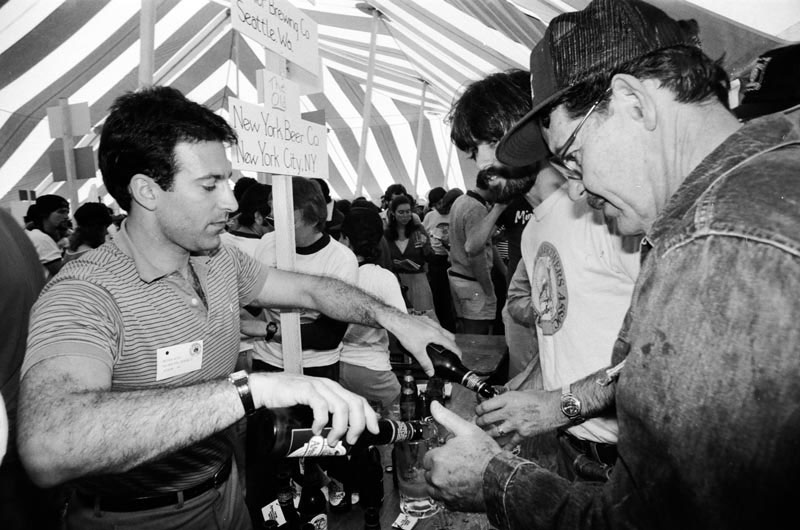1942 – The Small Brewers Committee, a precursor to the Brewers Association of America first meets at Palmer House in Chicago to discuss raw materials supply and other common issues of small brewers. One early issue the committee fought for was supplies of tin for crowns to seal beer bottles.
1976 – The Brewers Association of America secures a small brewers tax differential on the first 60,000 barrels for brewers under 2 million barrels per year.

1978 – Charlie Papazian and Charlie Matzen form the American Homebrewers Association (AHA) in Boulder, Colo., with the publication of the first issue of Zymurgy magazine, announcing the new organization, publicizing the federal legalization of homebrewing and calling for entries in the first AHA National Homebrew Competition.

1982 – The Great American Beer Festival® debuts at the Harvest House in Boulder, Colo.

1983 – The Association of Brewers is organized to include the American Homebrewers Association and the Institute for Brewing and Fermentation Studies to assist the emerging microbrewery movement in US.
2005 – The Association of Brewers and the Brewers’ Association of America merge to form the Brewers Association.
2009 – 1,595 American craft brewers produce just under 9.1 million barrels of beer, as craft brewers continue steady growth and beer drinkers turn toward more flavorful craft brewed beers from small and independent breweries.
2011 – Excise tax recalibration companion bills S. 534 and H.R. 1236 are introduced to Congress. The number of operating U.S. brewery climbs to 1,989 for the calender year.
2012 – Brewers Association history is summarized by BA Board of Directors and BA Staff (listen to audio here).
2013 – Craft brewers’ economic contribution reaches $34 billion.
2016 – U.S. brewery count reaches historic high of 5,000, contributing $67.8 billion to the U.S. economy and more than 456,000 jobs.

2017 – The independent craft brewer seal makes its debut. The mark aims to promote beer made by small and independent craft brewers.

2017 – The Craft Beverage Tax Reform and Modernization Act is signed into law, reducing federal excise taxes for U.S. craft brewers for a two-year period.
2018 – More than 3,000 brewing companies sign up to use the independent craft brewer seal.

 Resource Hub
Resource Hub